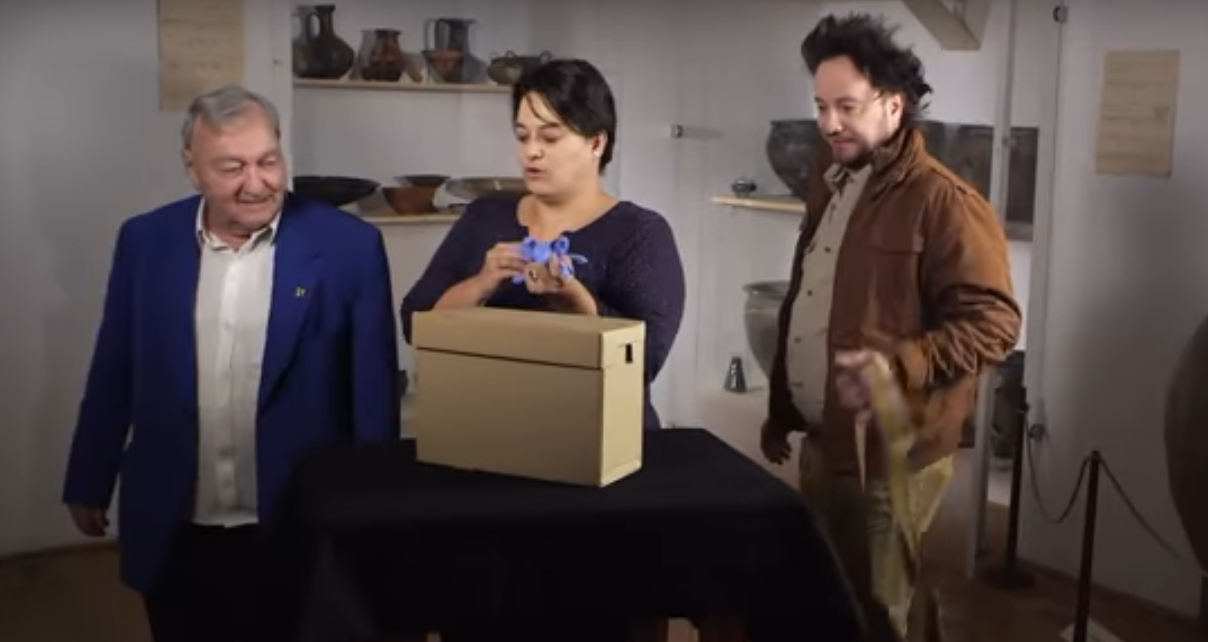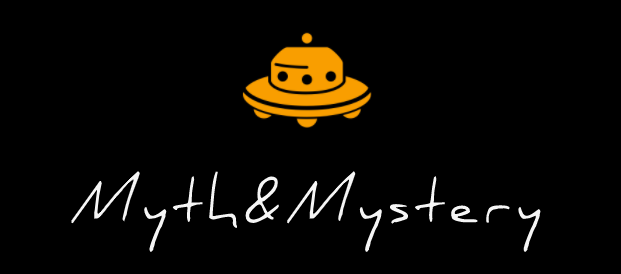The discovery of an ancient artifact known as “The Wedge of Aiud” is the most compelling evidence that hints at the ancient astronauts’ visitations to Earth over 250,000 years ago. It is said that the artifact was found in 1973 in Romania, on the bank of the Mures river. The object was found under 35 feet of sand, alongside mastodon bones (mastodons are considered to be distant relatives to elephants). The object is mysterious due to its age and composition.
The main reason why ancient astronaut theorists are interested in the Aiud artifact is the fact that it is made of aluminum, a material that was not known to mankind until the 1800s. According to tests, the object is made of 12 metals, 90% aluminum, and it was dated by Romanian officials as being 250,000 years old. The initial results were later confirmed by a lab in Lausanne, Switzerland.
The possibility that a modern-day object would be found beside the bones of a beast that went extinct more than 11,700 years ago is slim. What is more, the object is covered in patina, a coating that takes hundreds or even thousands of years to develop.

As it turns out, aluminum was not created by a “modern civilization” around 200 years ago. Aluminum was first isolated in 1825 by Danish physicist HC Oersted, so the discovery of the piece of metal with such an age has been considered extraordinary by researchers.
The item was discovered in 1973 when constructors were working on the shorelines of the Mures River, in the vicinity of the town of Auid. At around 10 meters below the surface, workers were left surprised when they recovered three mysterious objects.
All of them appeared unlike anything they had seen, and seemed to be very old. Archaeologists were brought to the site and identified two of the objects as being fossil remains. However, the third piece left researchers surprised. It appeared to be a man-made artifact, composed of extremely lightweight metal. The researchers suspected at the time that it was the end of an axe.
To confirm the theories, the objects were sent for analysis to Cluj, Romania. Experts determined that the fossils belonged to a large – extinct — mammal that died between 10,000 and 80,000 years ago.
However, the third object caused confusion among experts. Scientists determined that the object was composed of lightweight metal and was most likely manufactured due to the concavities of the object.
The Auid artifact is 20 meters long, 12.5 centimeters wide and has a thickness of 7 centimeters. The object resembled some kind of part belonging to a complex mechanical system. However, researchers were unable to determine to what it belonged.
Deputy Director of the Romanian Ufologists Association, Gheorghe Cohal said: “Lab tests concluded it is an old UFO fragment given that the substances it comprises cannot be combined with technology available on Earth.”
However, not everyone seems convinced. Local historian Mihai Wittenberger does not believe the object belongs to a complex mechanical device left behind by ancient astronauts. In fact, Wittenberger considers the mysterious object may actually be a metal piece from a World War II German aircraft.
More precisely, Wittenberger claimed the alleged “alien artifact” was actually part of the landing gear of a Messerschmitt ME 262, a World War II German aircraft. But there is one problem with that explanation. The mystery object is 250,000 years old.

On January 18, 2017, at the National History Museum of Transylvania, ancient astronaut theorists Giorgio Tsoukalos and Eric von Daniken were offered a rare opportunity to get a firsthand look at the Wedge of Aiud.
Swiss researcher Giorgio Tsoukalos said: “This was found at a depth of 10 meters, which is about 30 feet in the ground.” Whereas Erich Von Daniken, another proponent of ancient astronaut theory said the Aiud artifact looks like an excavator tooth. “It could have been something like this. But these excavator tubes are never made out of aluminum. They are made out of steel, especially hard steel. So it could not be that. So we have a real mystery here,” Von Daniken stated.
The mysteries surrounding the artifact have not been solved and currently, the “out-of-place” artifact resides in the History Museum of Cluj-Napoca, next to a sign that reads: “Origin still unknown.”
Video From History Channel































